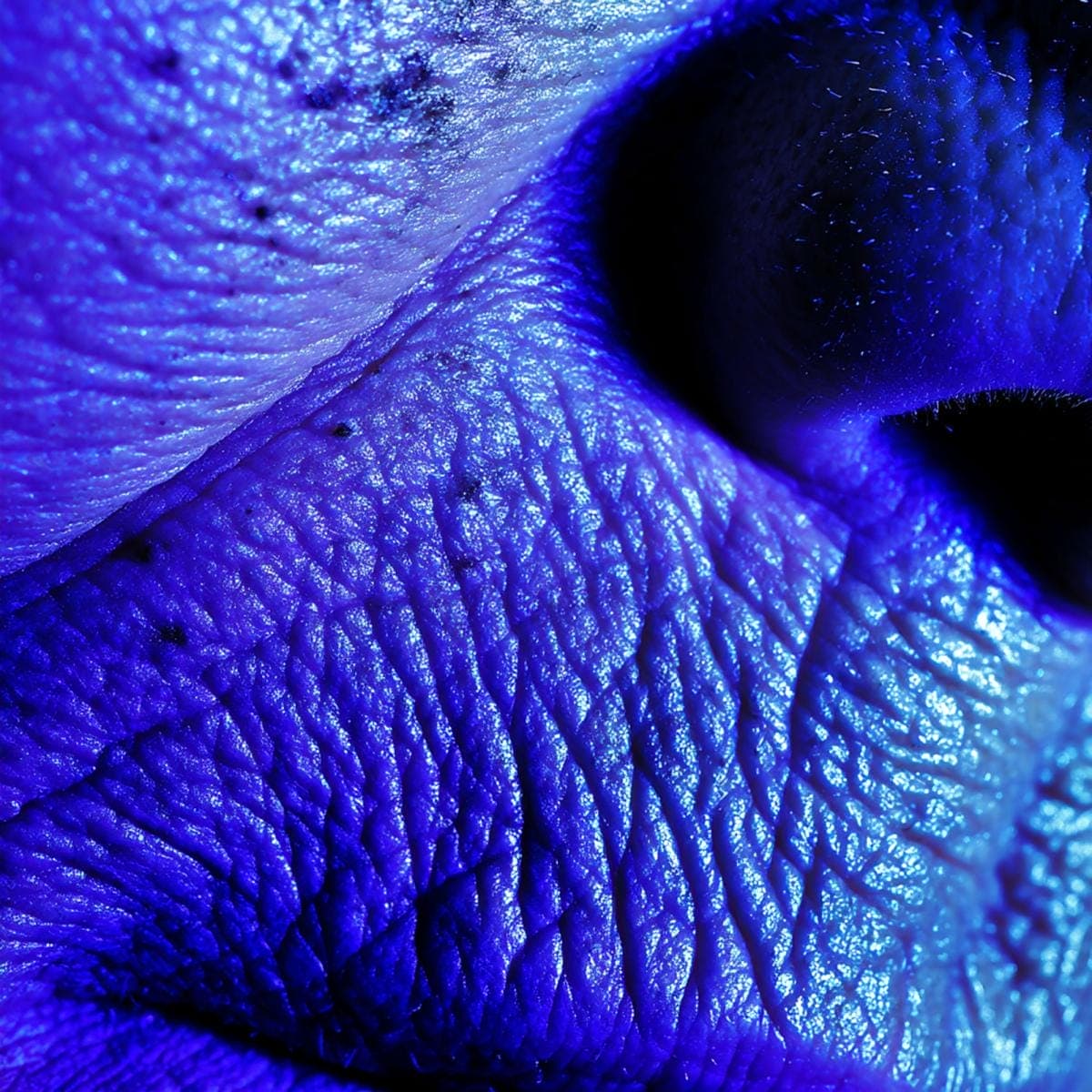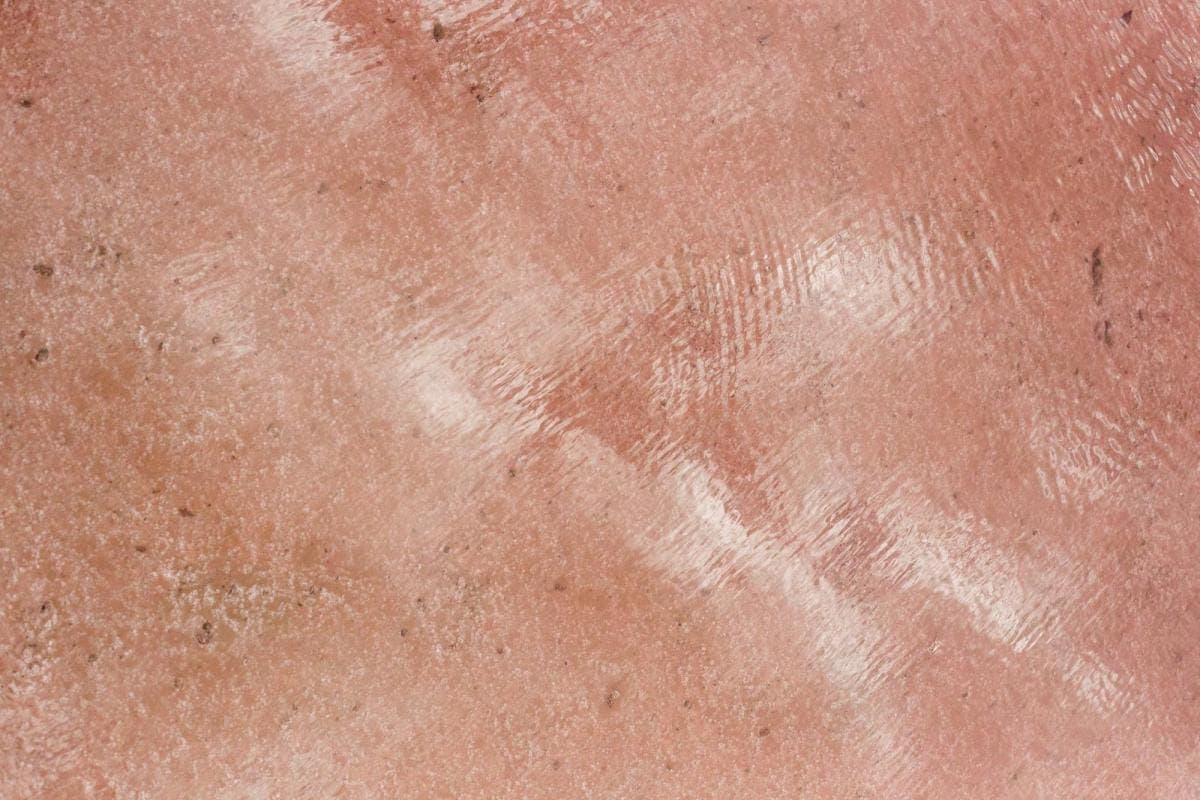If you click on links we provide, we may receive compensation.
A single summer afternoon can flood exposed skin with more reactive oxygen molecules than a laboratory flask. Researchers estimate that about 80 percent of the lines, spots, and sag that show up on our faces come from ultraviolet-driven oxidative stress rather than from the calendar itself (MDPI). That stark number keeps dermatologists and cosmetic chemists up at night – and it’s why oxidative stress has become one of the most studied forces in cutaneous biology.
I have always found the story both elegant and a little cruel: the same oxygen that lets our cells breathe can, under the wrong light or in a cloud of diesel fumes, shred collagen, mutate DNA, and leave skin looking older than it feels. Yet the tale is not all doom and gloom. Skin owns a finely tuned defense network, and modern care routines can tip the odds back in our favor.
This essay traces how oxidative stress rises, how it chips away at the epidermis and dermis, and how topical and lifestyle strategies – built on firm laboratory evidence – help restore balance. We will also focus on a term now circulating among photobiologists: reactive oxidative stress, or ROAS. Think of it as the tipping point where ordinary reactive oxygen species (ROS) overwhelm native antioxidant shields. Crossing that threshold sets off inflammation, pigment drift, and the slow unraveling of the extracellular matrix.
The Birthplace of Reactive Oxygen Species
Every skin cell leaks a trickle of ROS during its daily metabolic chores. Mitochondria breathe, peroxisomes detoxify lipids, enzymes process melanin precursors; all of these steps flick off spare electrons that turn oxygen into a potential saboteur. Under steady-state conditions the cell’s own catalase, superoxide dismutase, and glutathione peroxidase snap these radicals back into safer forms before damage accumulates.
Trouble starts when extrinsic stress piles on. Ultraviolet B photons split water and lipids, creating singlet oxygen and hydroxyl radicals in femtoseconds. Ultraviolet A dives deeper into the dermis and, through photosensitizers like porphyrins, generates superoxide anion. Visible blue light from screens and LED bulbs contributes, though its clinical weight is still under debate. Add urban ozone, cigarette smoke, heavy metals, and mental stress hormones that ramp mitochondrial respiration, and ROS output spikes far beyond baseline.
The cascade turns exponential. Lipid membranes oxidize, forming malondialdehyde and 4-hydroxynonenal adducts that punch holes in the stratum corneum barrier. Proteins uncurl and cross-link, impeding structural workhorses such as collagen I and elastin. DNA bases oxidize into 8-oxo-deoxyguanosine, triggering error-prone repair that seeds fine lines and, in worst cases, malignancy. This is the realm of ROAS: when pro-oxidant reactions accelerate faster than antioxidants can react.
Why Skin Shows Oxidative Damage So Quickly
The cutaneous environment makes it the perfect proving ground for oxidative stress. First, surface lipids are rich in polyunsaturated fatty acids, prime targets for peroxidation. Second, exposure is constant; even indoors, window glass transmits a meaningful chunk of UVA. Third, unlike deep organs, epidermal keratinocytes live fast and die young, dividing every four to six weeks. High turnover magnifies mutation risk.
Dermal fibroblasts suffer a slower fate. Persistent ROS activates matrix metalloproteinases (MMP-1, -3, -9) while throttling new collagen transcription. Over decades the dermis loses tensile strength. Clinical translation: laxity around the jawline, larger pores, deeper nasolabial folds. Pigment cells add visible evidence. Once ROS push a melanocyte past its oxidative threshold, tyrosinase surges, melanosomes migrate irregularly, and lentigines appear long after summer ends.

Decoding ROAS: A Threshold, Not Just a Molecule Count
The term reactive oxidative stress emphasizes a tipping-point mindset. Two women might accumulate the same instantaneous load of superoxide, yet only one crosses into ROAS because her antioxidant buffer started lower – perhaps due to genetics, diet, or topical choices. Scientists use biomarkers such as 8-oxo-dG, F2-isoprostanes, and protein carbonyls to gauge when the line is breached. Once chronic ROAS sets in, signals such as NF-κB and AP-1 stay switched on, sustaining inflammation long after the initial assault.
Interestingly, very low ROS pulses serve useful functions: triggering keratinocyte proliferation after a scratch, guiding melanocytes during tanning, orchestrating the subtle crosstalk that normal wound healing demands. Skin does not thrive in a radical-free vacuum. The art lies in keeping ROS inside a hormetic “sweet spot” without letting them run amok.
Native Defenses: More Than Vitamin C
Nature equips skin with a multi-tier defense. Melanin absorbs up to 99.9 percent of UVB photons before they reach nuclei. Urocanic acid, a histidine derivative concentrated in the stratum corneum, quenches singlet oxygen. Enzymes such as superoxide dismutase convert superoxide into hydrogen peroxide, which catalase then splits into harmless water and oxygen. Non-enzymatic partners – vitamin E, ubiquinone, carotenoids – patrol membranes, donating electrons faster than radicals can ravage lipids.
That said, studies show vitamin E falls by nearly half in human skin after just ten minutes of midday sun. Depletion is even steeper in polluted cities or in smokers. Youth helps compensate, but by age forty, basal catalase activity plunges, leaving mature skin easy prey for cumulative ROAS.
Topical Antioxidants: Evidence Beyond the Hype
Laboratories have measured real-world gains from topical formulas. A 12-week trial of 15 percent vitamin C plus 0.5 percent ferulic acid cut protein carbonyl levels by roughly 60 percent versus placebo, while wrinkle depth improved modestly (PMC). More recently, a silymarin-fortified serum reduced lipid peroxidation in oily skin by 76 percent according to in-clinic fluorescence assays (Allure). These drops translate to smoother texture and fewer post-inflammatory dark marks.
Texture of delivery matters. L-ascorbic acid needs a pH below 3.5 to stay stable, while vitamin E prefers anhydrous surroundings. Encapsulation in lipid nanospheres or polymeric shells stretches shelf life and boosts penetration. Polyphenols such as resveratrol and green tea catechins add synergy, quenching radicals that vitamins miss and modulating inflammatory cytokines downstream.
Formulators also lean on enzymes. Topical superoxide dismutase extracted from barley and bound to phospholipids shows promise in early trials, cutting visible redness after UV exposure. Plant-derived glutathione suffers from low cutaneous uptake, but new peptide conjugates may ferry it past the stratum corneum in coming years.
Sunscreens and Light Filters: The First Line, Still Unbeaten
No antioxidant can outrun an endless stream of radicals. Hence broad-spectrum filters remain essential. UVB-blocking organics such as octinoxate cut the erythemal punch, while mineral pigments scatter UVA and visible blue wavelengths. Advances in iron-oxide-tinted zinc oxide bring visible-light defense without chalky residue, protecting the pigments of deeper skin tones that suffer from oxidative hyperpigmentation.
Interestingly, adding antioxidants directly to sunscreens improves photostability. When avobenzone sits beside Mexoryl and vitamin E, it degrades more slowly, keeping protection steady for the two-hour reapplication window. This synergy illustrates the ROAS mindset: combine barriers and scavengers so ROS never mass in the first place.
Lifestyle Levers: Food, Air, and Stress Hormones
Diet ranks high. A 2012 French cohort tracking 15 years of sun exposure found that women with the highest dietary antioxidant capacity – chiefly from colorful fruits and olive oil – had 17 percent fewer measures of photoaging severity compared with the lowest quintile (ScienceDirect). Carotenoids lodge in the epidermis to quench singlet oxygen, while polyphenols circulate to mop up systemic radicals that can still reach skin via microvasculature.
Air quality also shapes baseline redox tone. Ozone reacts instantly with surface squalene, creating peroxide species that continue oxidizing deeper lipids long after the initial puff of smog has passed. Indoor HEPA filtration, strategic face washing after commuting, and barrier boosters such as niacinamide help offset this invisible load.
Chronic psychological stress, meanwhile, keeps cortisol elevated, raising mitochondrial ROS leak. Mindfulness practice or regular aerobic exercise tones down that axis, indirectly protecting skin. The link feels abstract until one reads biopsy data: fibroblasts from stressed volunteers produce double the hydrogen peroxide of relaxed controls.

Measuring Your Own Oxidative Burden
Clinics now offer assays for carbonylated proteins and 8-hydroxy-2′-deoxyguanosine as proxies for skin oxidative stress. Fluorescent mapping of ultra-weak photon emission – the faint light generated by radical reactions – can visualize hotspots where ROAS smolders (Nature). Though still pricey, these tools are steering personalized antioxidant prescriptions. High baseline lipid peroxidation? You may benefit from a vitamin E-dense night oil. Elevated DNA oxidation? Oral astaxanthin or lycopene could join topical C-E-ferulic blends.
Thinking Ahead: Genetic Screens and Smart Textiles
As genomic testing becomes mainstream, single-nucleotide variants in genes encoding catalase or glutathione transferases may flag individuals at higher ROAS risk. Formulators are already smoothing private-label serums toward such profiles, folding in rarer antioxidants like ergothioneine that target specific enzymatic bottlenecks.
Smart fabrics coated with polydopamine or lignin nanoparticles promise passive antioxidant release for marathon runners and outdoor workers. Imagine a sun shirt that slowly leaks glutathione mimic as ozone levels rise. Early prototypes cut UV-induced erythema scores by a quarter in small crossover trials.
Bringing It Together
Oxidative stress is not a single villain but a shifting equilibrium. Our skin evolved to thrive amid mild radical flares, yet modern life relentlessly nudges the meter toward ROAS territory. When that line is crossed, structural proteins unravel, pigment scatters, and fine lines dig in well before their natural time.
Fortunately, the biology that makes oxygen risky also makes it manageable. Antioxidant enzymes, melanin shields, smart sunscreens, and evidence-based topical formulas can collectively push the needle back toward balance. Add whole-food color on your plate, clean air where you sleep, and stress-taming rituals, and oxygen’s darker side loses much of its sting.
The takeaway feels almost cinematic: the same molecule that powers life can write wrinkles, but only when we let the scales tip. Keep those scales level, and oxygen goes back to being our oldest ally.




